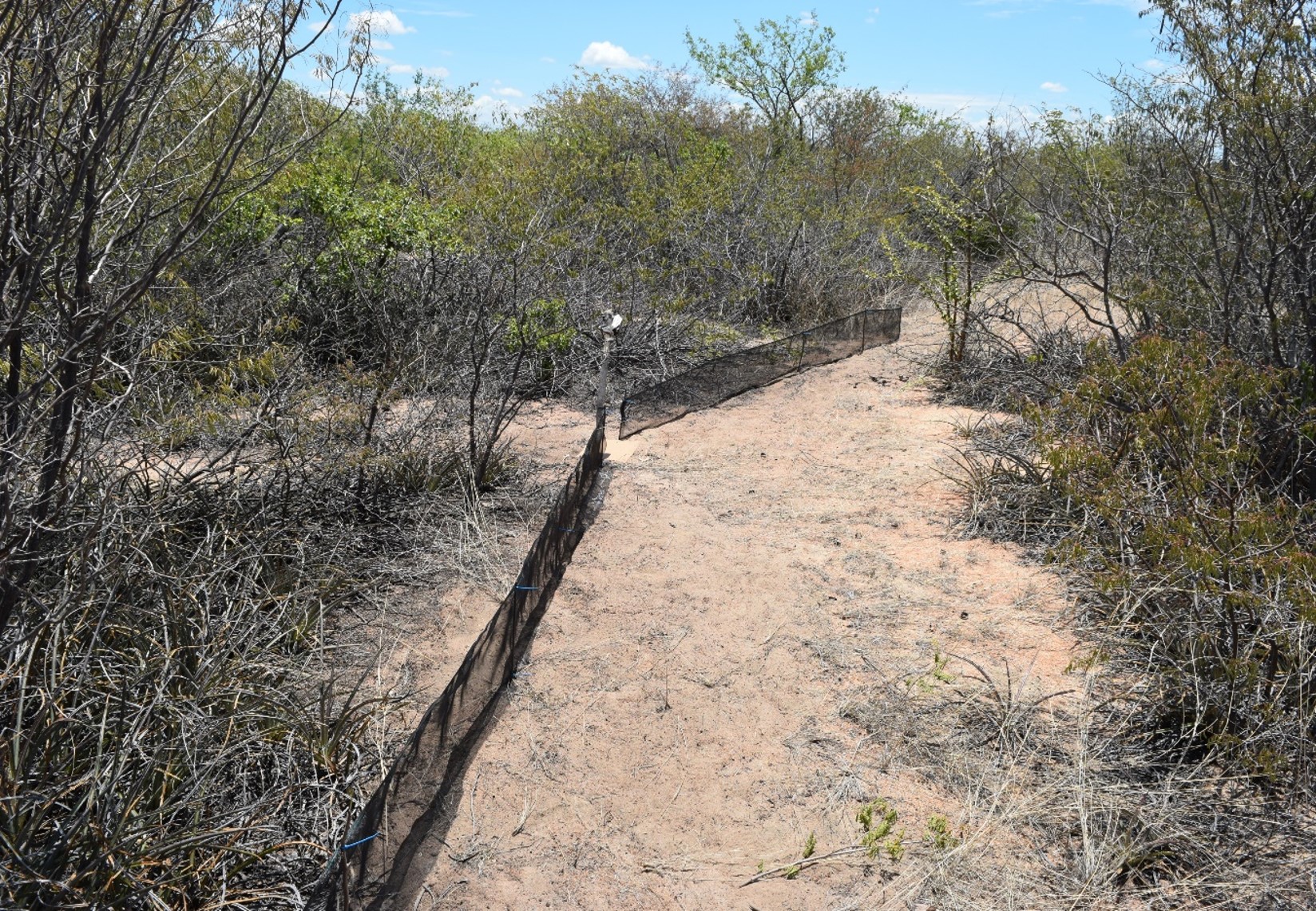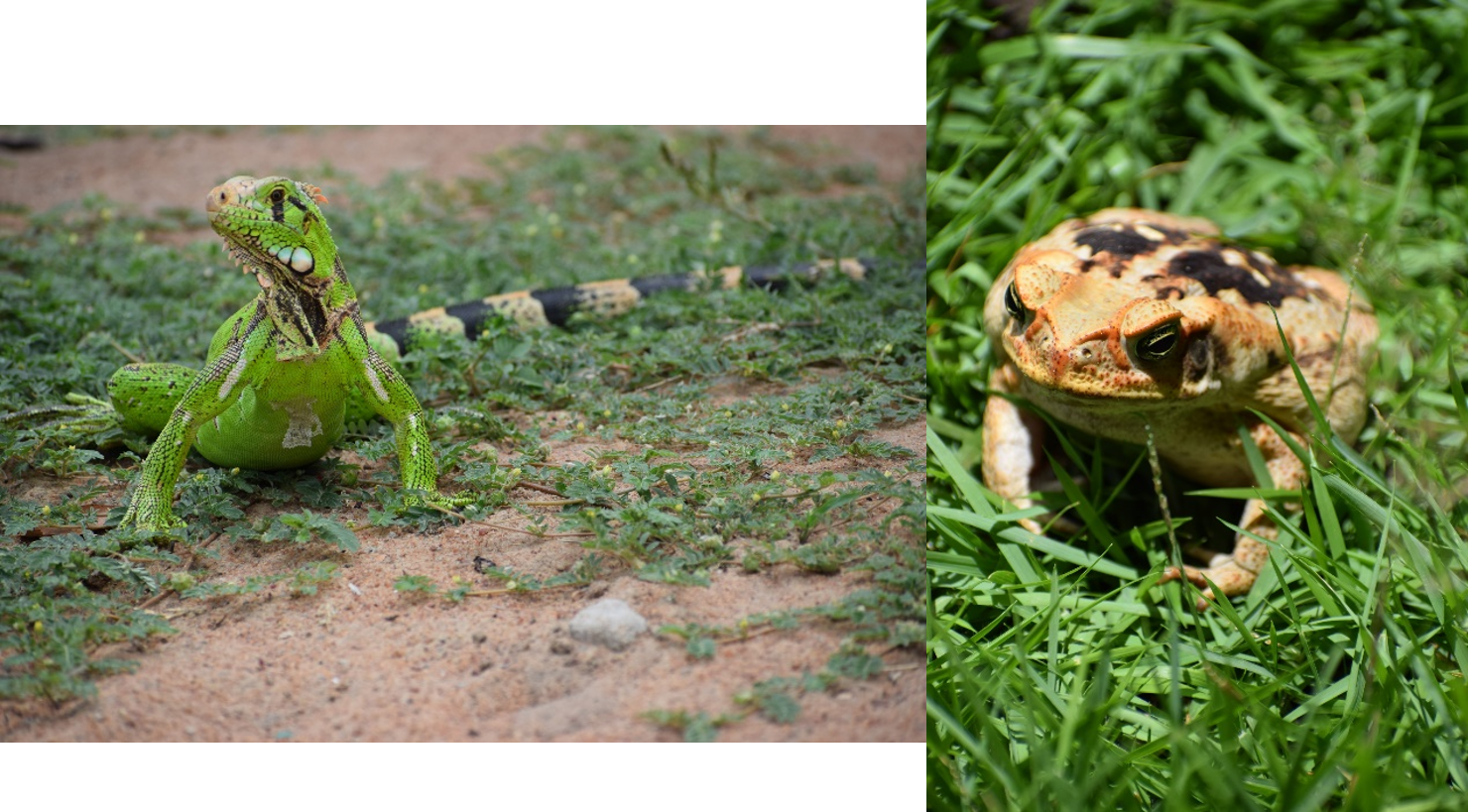Reptile camera monitoring
Following our first blog’, here we show a brief update of the results of the SUFICA Reptile’s Camera Experiment.

Preliminary analysis of our wet season showed that our reptile camera trap experiment detected mainly reptiles (52%), followed by mammals (28%) and birds (19%).
Reptile and mammal relative abundance showed more individuals in the native vegetation (Caatinga) in comparison with the agroecosystem (grape and mango farms). Opposite pattern was found for birds.

These preliminary results highlight the relevance of the native vegetation for the conservation of the community for reptiles and mammals.
Reptiles were also monitored in the dry season and we have started to analyse these data, which are already showing some exciting results. Stay tuned for our next results briefs!

We want to thank Jesús Diaz for his help in the camera data processing.
Natalia Zielonka
17.08.20

